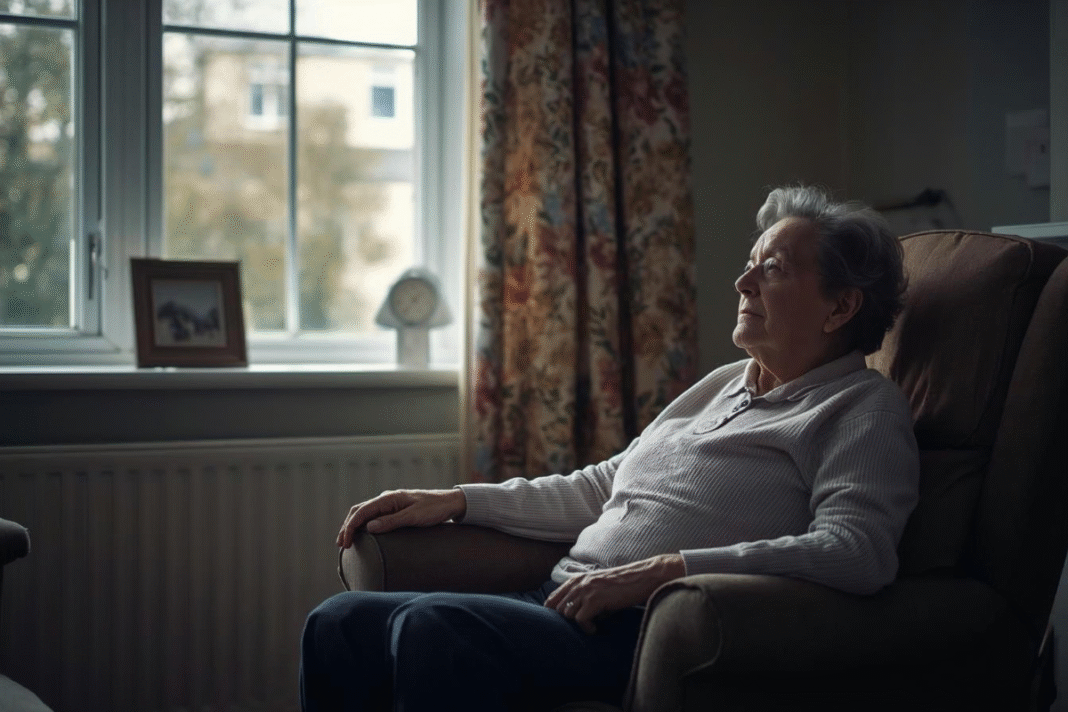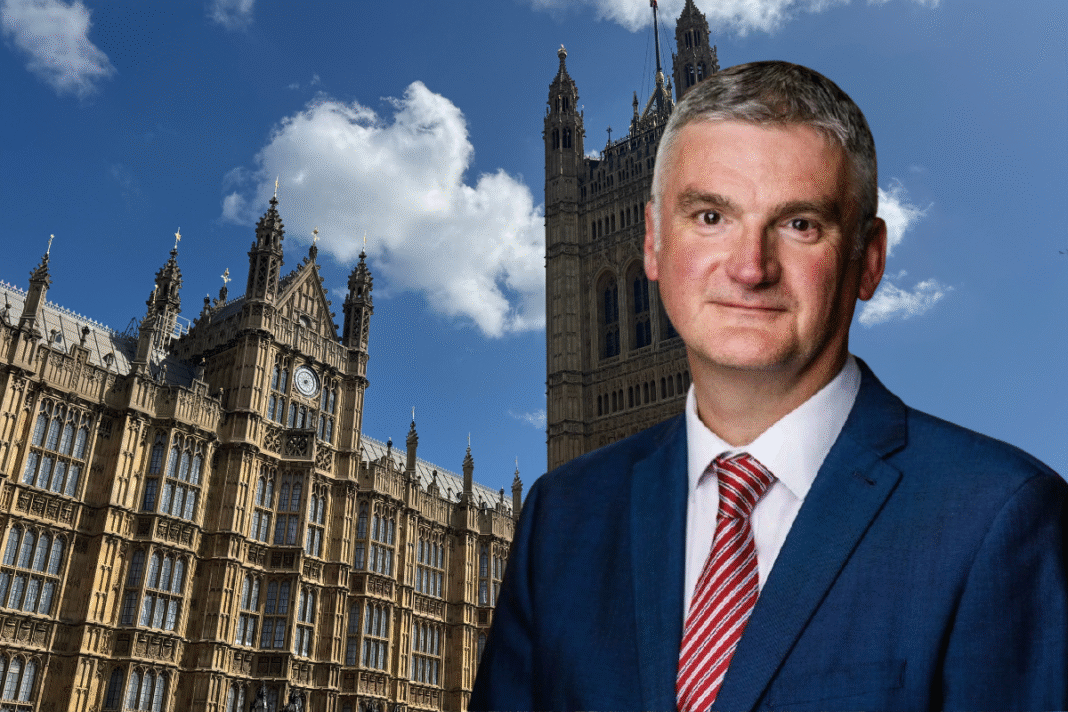England is set to see a surge in single-occupancy and older households over the next decade with the number of homes projected to rise by 2.4 million by 2032, according to new data from the Office for National Statistics (ONS).
The 2022-based household projections show that the total number of households will increase by 10.3% over the 10 years to mid-2032, from 23.5 million to 25.9 million.
That equates to an average of 242,000 additional households a year – a sharp rise on the 158,000 annual increase forecast in the ONS’s 2018-based projections.
The figures, which incorporate data from the 2021 Census for the first time, reflect both higher migration levels and the impact of an ageing population.
FASTEST GROWTH
The ONS said the projections now use a “migration category variant” model, which more accurately captures short-term population changes driven by international migration.
However, the data are not a prediction of housing need. The ONS stressed that the figures “show how many additional households would form if assumptions based on previous demographic trends were realised” and that economic and housing policies would also influence local outcomes.
The fastest growth is expected among older age groups. Households headed by someone aged 85 or over are projected to rise by 42% – from 1.1 million in 2022 to 1.5 million in 2032 – with more than 60% of those older residents living alone.
Over a quarter of all household growth will come from those aged 65 to 74, whose numbers are expected to climb by 671,000 to 4 million.
LOWER FERTILITY RATES
By contrast, the number of households headed by people aged 55 to 64 is set to fall by 2.2%, reflecting smaller population cohorts born in the late 1960s and early 1970s.
One-person households will see the strongest growth of any household type, increasing by 19.6% to 8.5 million by 2032. Meanwhile, homes with dependent children are projected to fall by 8.4%, from 6.7 million to 6.1 million, driven by lower fertility rates and a definitional change aligning with Census 2021, which now classifies dependent children as aged 0–18 instead of 0–19.
By 2032, 76% of all English households are expected to be adult-only, compared with 72% in 2022.
GROWTH AREAS
Household growth will not be concentrated in any single region. Tower Hamlets is projected to see the fastest expansion, with household numbers rising 25.9% to 155,000. Three East Midlands districts – South Derbyshire, Harborough and North West Leicestershire – also feature among the top ten areas for growth.
Only the Isles of Scilly are forecast to see a decline in household numbers over the next decade.
Over the full 25-year projection period to 2047, the number of households in England is expected to rise by almost 23%, reaching 28.9 million.
The ONS cautioned that its long-term projections become increasingly uncertain the further ahead they are carried forward, particularly for smaller geographical areas.
But with the fastest growth concentrated among older, single residents, the data highlights one of the biggest structural challenges facing the UK housing market: how to house a rapidly ageing and increasingly solitary population.










